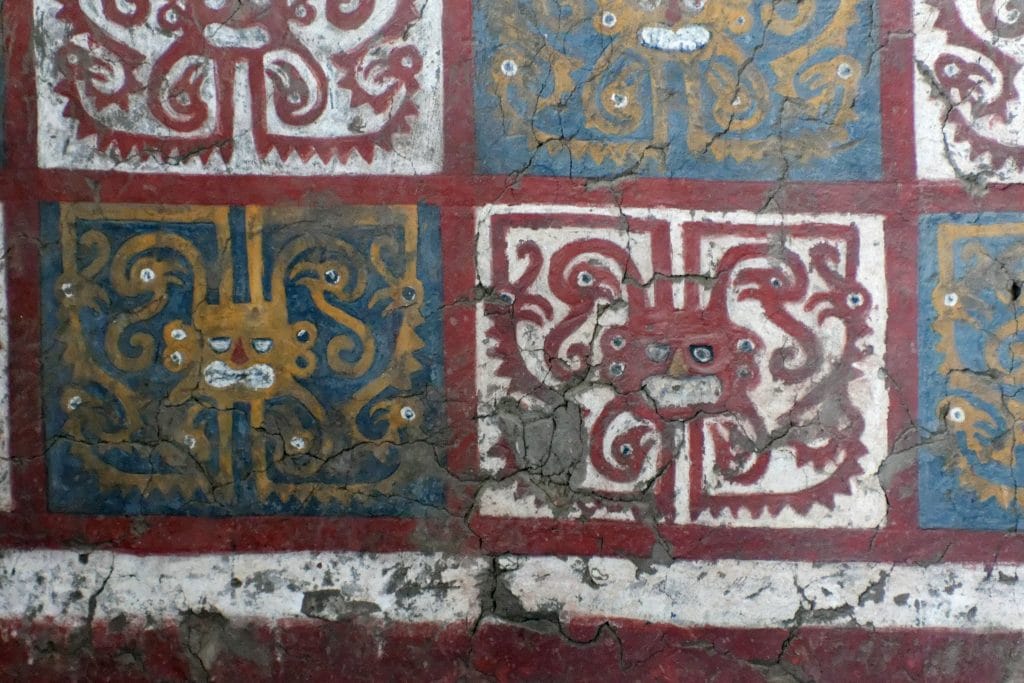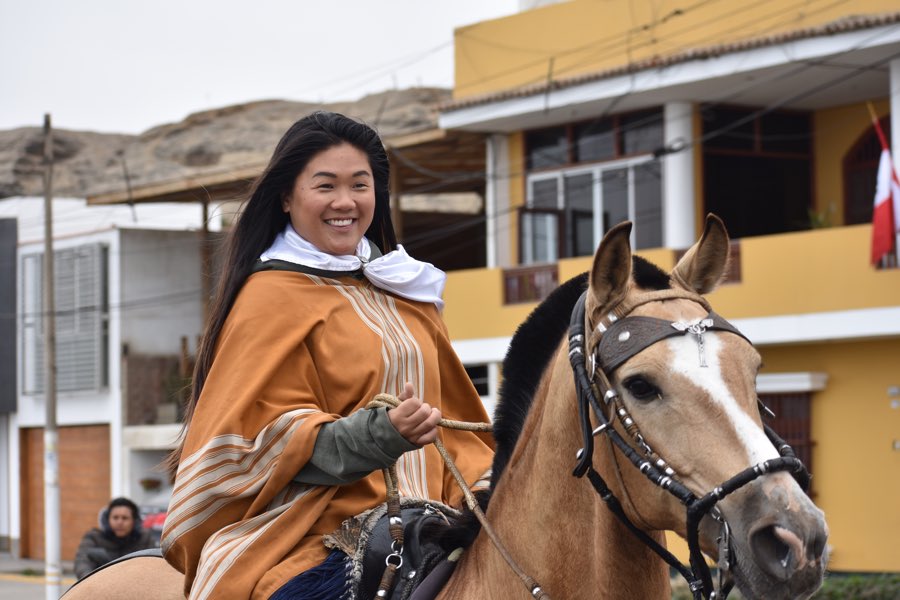Archaeology in Northern Peru offers never ending material. Peru is fortunate enough having tons of archaeological sites throughout its whole territory, famous for their buildings and great political-religious development.
Much more is known and spoken about the Incas, as Machu Picchu leading the list of the most visited archaeological sites. There are many more archaeological sites built by great cultures that have developed before the Incas in Peru. It is not only Machu Picchu.
Today we will talk about a new archaeological route in Northern Peru, starting the tour in the Ancash region, then La Libertad, Lambayeque, Amazonas and ending in Cajamarca. In fact, there are many more archaeological sites in Northern Peru, but here we would like to point out the 10 most important ones.
Ancash Region, archaeology in Northern Peru
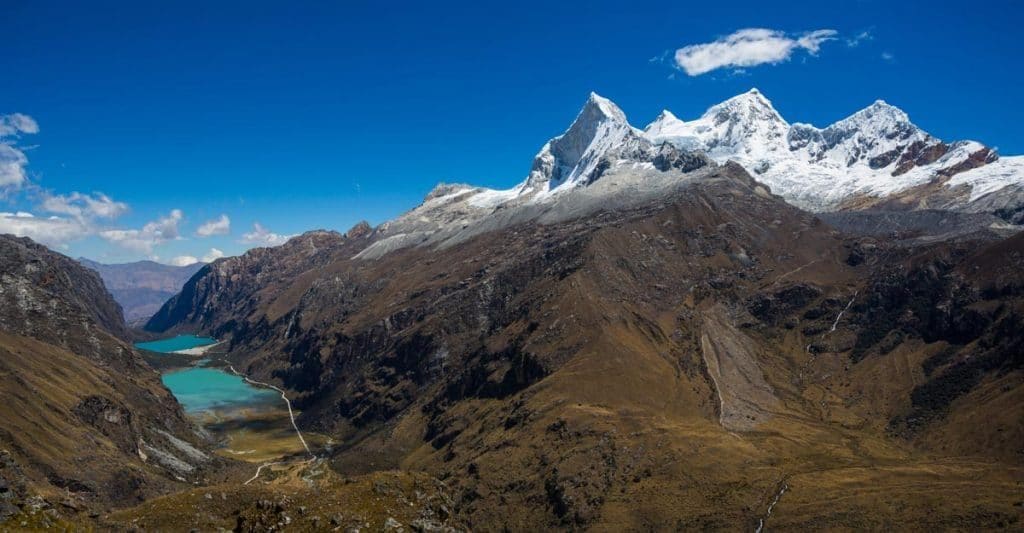
The Archaeological Site of Chavin
Chavin was one of the most important Pre-Inca culture. It developed around 1500 to 500 years B.C. approx. Its most important ceremonial center is located in Ancash region at 3141 meters above the sea level. In 1919, it was discovered by Julio Cesar Tello and in 1985 it was declared a World Heritage site by UNESCO.
The archaeological site is made up of a set of monumental structures in the shape of truncated pyramids. Its outside walls are decorated with carved stone heads, laced about wide ceremonial squares with drainage channels. Inside there are galleries, corridors and you can see the Lanzon, which is an impressive stone sculpture in the form of a knife with a size of 4.53 m high. It has been carved carefully with feline, bird and snake motifs, characteristic of the Iconography Chavin.
A few minutes from the Chavin of Huantar village there is the museum which exhibits a large collection of pieces of ceramics and stone, as well as cabezas clavas (nail head) and ceremonial objects that are used for ceremonial rituals, as the pututos.
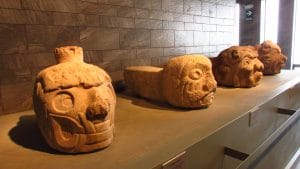
How to get there?
To Huaraz city (400 kilometers from Lima)
- By bus: Lima to Huaraz 7 hours.
- By flight: Days Tuesday, Thursday and Saturday to Anta airport, then an hour to Huaraz by taxi.
To Chavin de Huantar from Huaraz:
- 2 hours and 30 minutes by car (it is advisable to take a tour in Huaraz).
The Archaeological Complex of Cerro Sechin – Temple of the Feline Gods
The tour begins by visiting the Max Uhle Regional Museum. It offers information about the first Pre-Hispanic cultures that developed in this region and gives an overview about the development and history of Sechin temple.
Cerro Sechin Temple is one of the most important archaeological site of Peru, given its age and architectural beauty. This ceremonial center was built of adobe and stone walls, where were represented warrior priests killing prisoners, mutilated heads, eyes strung on ropes, bodies broken in half showing the intestines.
Sechin Culture was discovered in 1937 by the archaeologist Julio Cesar Tello, this culture developed between 1800 to 800 B.C. According to investigations Sechin was a farming village with an important political-religious complex, then was destroyed by occupation of other cultures.
How to get there?
From Huaraz city to Casma there are 160 km (3 hours by bus). From Casma to Cerro Sechin Archaeological complex there are 10 minutes by car or you can take mototaxis.
La Libertad Region, archaeology in Northern Peru
Archaeological Sites of Huacas del Sol and la Luna
Close to the Huaca la Luna there is the museum, I would recommend to start by visiting it. It has a big exhibition of original ceramics, where Moche people represented their culture as activities, ceremonial life, human sacrifices and their deities.
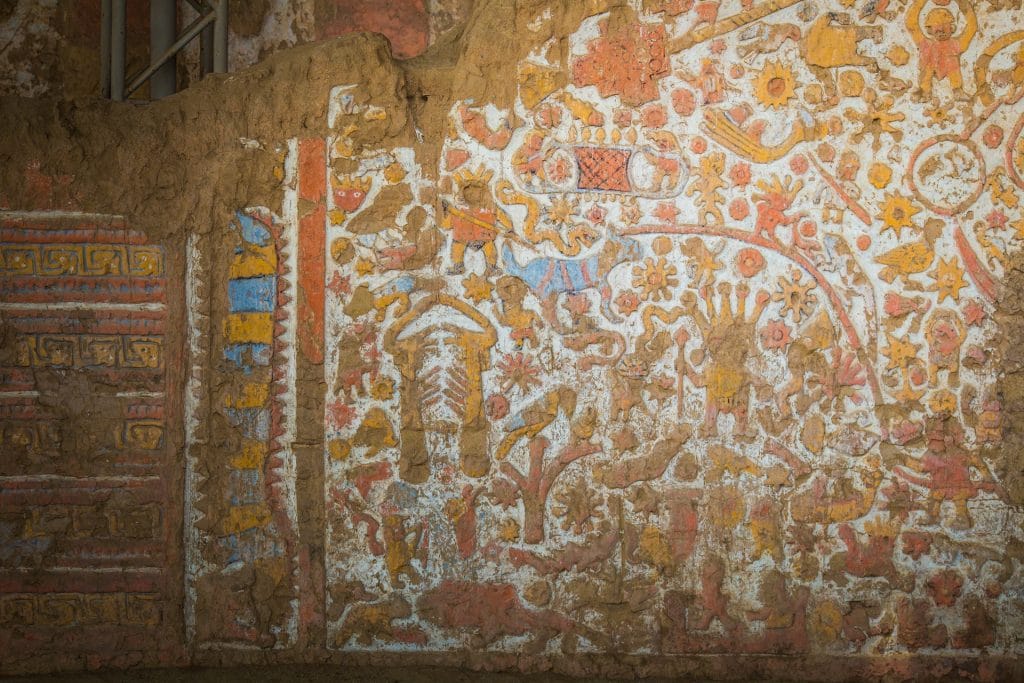
The Moche culture was developed between 100 A.D. to 850 A.D. approx. Its territory was 600 km around the coast of Northern Peru. One of the great architecture expressions are Huaca del Sol and la Luna. Those temples are located at the foot of Cerro Blanco in the Moche valley at 8 km from Trujillo city. This strategic location afforded the city’s inhabitants access to the valley’s largest expanses of farmland.
Huaca de la Luna
It was a great ceremonial center where the Moche priests developed human sacrifice for their gods. Inside the temple you can see beautiful murals that represent the face of Ai-Apaec God (Mountain God) who was the principal deity of the Moche culture.
According to the archaeologists, Huaca la Luna is made up of five superimposed temples. Each one lasted a period between 80 to 100 years approx., and then it was buried up with adobe blocks to build a new one for new governments, each temple maintaining the same designs.
Huaca del Sol
According to the archaeologists, Huaca del Sol was a political-administrative center. It is composed of several platforms, employing in its contrition more than 140 million adobes.
According to the legend, this huaca was built in three days by a quarter of a million men belonging to the Mochica culture.
How to get there to these archaeological sites ?
To Trujillo
To the Huacas
- By taxi 20 minutes approx.
- By combis 35 minutes, you can take it at Inca Avenue.
The Archaeological Sites of Chan Chan
Chan Chan history began between 900 AD. to 1470 AD. This Pre-Hispanic urban center is considered the biggest mud city of American Pre-Hispanic and in 1986, it was declared a World Heritage site by UNESCO.
This big city was the political, administrative and religious capital of the Chimu Kingdom. Its original extension covered about 24 km2, nowadays the area has been reduced to 14 km2 and it consists in 9 palaces or citadels an urban area, and the original name is not known, and it’s difficult to say the name Chan Chan referred to the whole city.
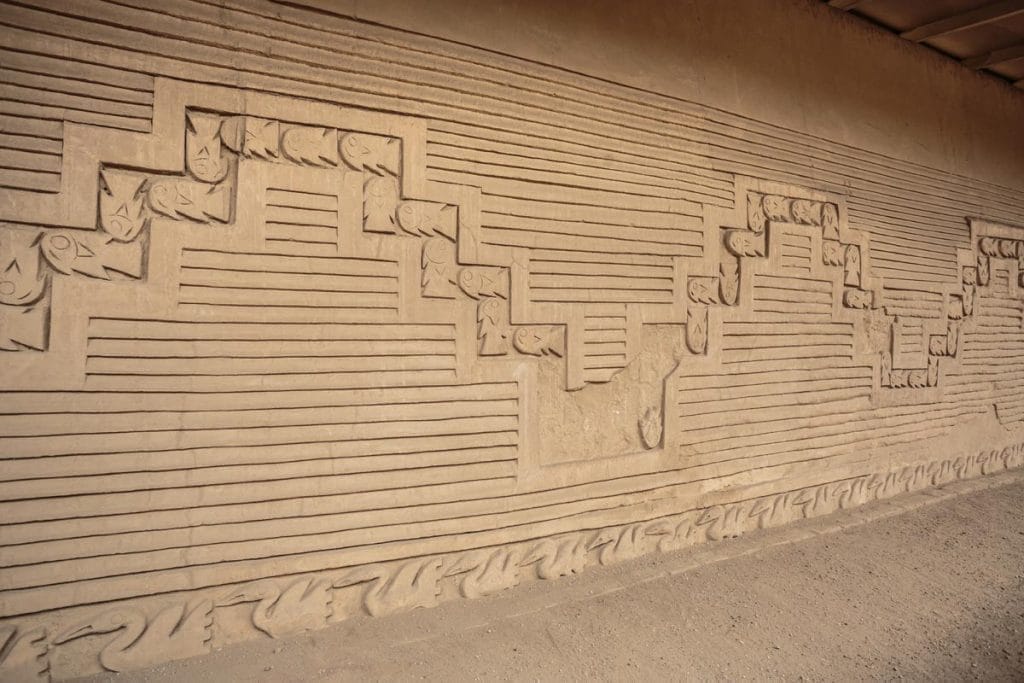
The Nik-An Palace
This palace is the most studied by archeologists, being the only one open to tourism. This complex is made up of walls 10 to 12 m high and 4 to 5 m wide at its base. It’s been divided into nine main rooms as the ceremonial courtyard, the fish and bird corridor, the altar room, the second ceremonial courtyard, the ceremonial Huachaque, the funeral platform, the colca room and the 24 hornacinas.
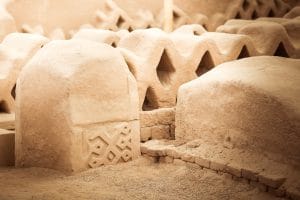
The Museum
It is located inside the Chan Chan archaeological site, close to Huanchaco road. At the museum you will find pottery, textiles, woods, metals and building materials found in Chan Chan. Also, it shows the great cultural development since the first inhabited until the Chimu culture development. This museum has a modern technologically equipped room where you can watch the Chan Chan development.
Esmeralda Temple / Huaca
This archaeological site has not been much investigated. It is located 3 km outside of Trujillo city near to Mansiche church in the Esmeralda urbanization. This huaca was built during Chimu culture development and it is associated with Chan Chan. It is made up of two platforms and its walls are decorated with iconography linked to the sea with fishing nets, fish and other sea elements. Some archaeologists believe that this huaca was a palace of some important Chimu lord.
Arco Iris Temple / Huaca
It is located 4.5 km from Trujillo city in the Esperanza district. It was built between X-XI century AD. Its walls are decorated with anthropomorphic and zoomorphic relief and some researchers believe this huaca was a ceremonial center of the Chimu culture where were performed ritual to the fertility and the water.
How to get there?
First you can start the tour visiting the Museum or Chan Chan.
- Trujillo to Chan Chan there are 15 minutes by car or you can take micro-bus or combis to Huanchaco, then you have to walk to Nik-An palace around 20 minutes.
- Nik-An to Museum there are 25 minutes to walk, by car 6 minutes.
- Museum to Esmeralda temple there are 10 minutes by car.
- Esmeralda temple to Arco Iris temple there are 13 minutes by car.
Archaeological Complex El Brujo
It is located 60 km north from Trujillo city in Chicama valley, Magdalena de Cao district. The complex is made up of three buildings Huaca Prieta, Huaca Cao Viejo and Huaca Cortada and a museum. Huaca Prieta is the oldest building from the pre-ceramic time.
The Huaca Cao Viejo is the only one open to tourism, according to Regulo Franco, archaeologist, this temple was one of the most important political-religious center of the Moche culture in Chicama valley. The studies show that this temple had seven stages of constructions and you can see a big stepped wall where were represented warriors, prisoners and dancers. Also inside the temple there are paintings about their god called “El Degollador or Ai-Apaec”.
One of the main findings of the Archaeological Complex El Brujo was in 2006 the tomb of the Señora de Cao, perhaps the most powerful woman in the Mochica history. Also, it is one of the most important finds in the Peruvian archaeological history.
Cao Museum
It is located in front of Huaca Cao. The museum is divided in six halls and offer a general information of the archaeological site, pottery, textiles, wooden idols. It also describes the human sacrifices of the Moches, and in the last halls is exhibited the mummy of the Lady. Despite of the time, on her hands and ankles were preserved tattoos of snakes and spiders.
How to get there?
- Trujillo to Chocope 50 minutes by bus, then take colectivos taxis to Magadalena de Cao 20 minutes and then take a moto taxi to the Archaeological Complex El Brujo10 minutes.
- Trujillo to the Archaeological Complex El Brujo 1 hour and 10 minutes by car.
- Chiclayo to the Archaeological Complex El Brujo 3 hours by car.
Lambayeque Region, archaeology in Northern Peru
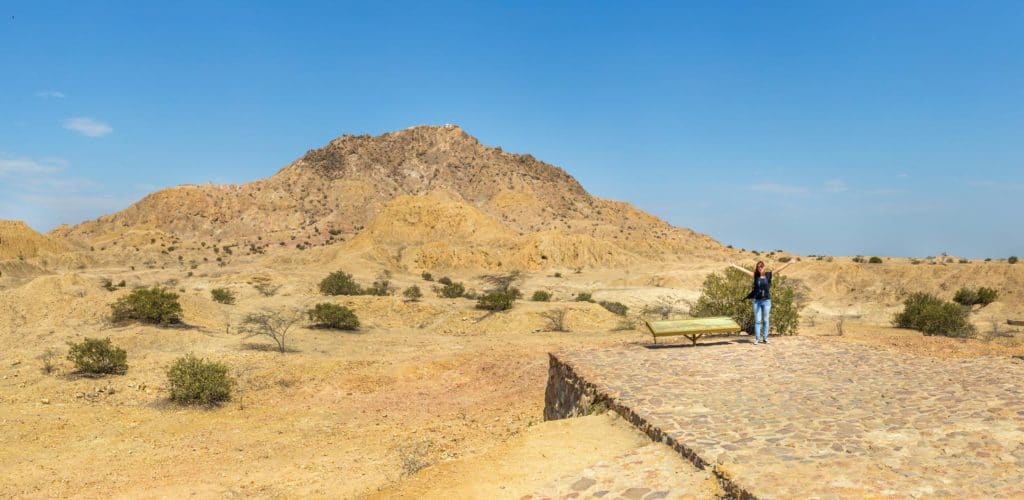
Archaeological complex of Tucume
Tucume is known as the pyramids valley and is located in the Leche valley, Tucume district in Lambayeque province 60 meters above the sea level.
The archaeological sites of Tucume present one of the best cultural expression of Northern Peru, it was occupied by three great cultures: Lambayeque (Sican), Chimu and Incas. It is made up of 26 pyramidal buildings and was built by Lambayeque culture. According to a legend, it was founded by Naylamp who came from the sea and established this culture between 750 AD. to 1150 AD.
The investigations have determined that there were beautiful palaces decorated with representations of their god, myths and rituals about their culture. The population was dedicated to the agriculture, fishing and sailing to make exchanges with other towns on the coast.
Museum
The museum exhibits an important archaeological collection linked to Lambayeque, Chimu and Inca culture, as well as ethnographic objects such as ceramics, textiles.
The museum realizes tasks to enhance protection and conservation of the archaeological and cultural heritage of Tucume district. This strategy helps to promote and develop different activities together with the communities to conservation and tourism development.
How to get there?
By flight
- Lima to Chiclayo 1 hour and 30 minutes.
By car
- Chiclayo to Tucume 45 minutes
Archaeological Complex of Ventarron
It is located 20 minutes outside of Chiclayo in the Reque valley, Pomalca district. The huaca Ventarron is considered the first temple built on the north coast of Peru with its 4 000 years. It has a magnificent architecture and with the oldest murals of America. This archaeological sites is investigated by Ignacio Alva Meneses since 2007.
Ventarron Complex is consisting of different buildings of different times around the hill with the same name. At this place were found evidences from the pre-ceramic era until the Inca.
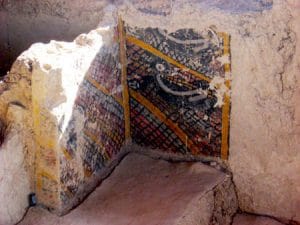
How to get there?
- Chiclayo to Ventarron 15 minutes by car.
In Chiclayo, you can take combis to Pomalca, then take a moto taxi to Ventarron 25 to 30 minutes.
Amazonas Region, archaeology in Northern Peru
Archaeological site of Kuelap
Kuelap is the principal tourism and one of the major archaeological sites of northeastern Peru. It was discovered in 1843 by Juan Crisostomo Nieto, judge of Chachapoyas. It is located 70 km away from Chachapoyas city at 3 000 meters above the sea level.
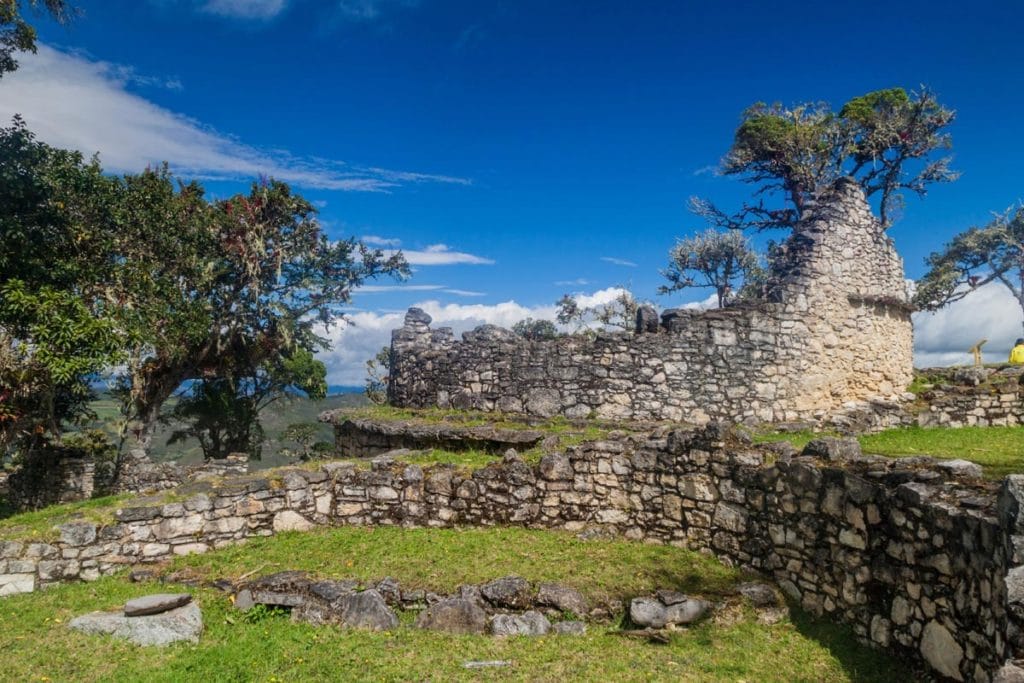
According to researchers, the archaeological site of Kuelap was a political, administrative, military and ceremonial center. It was built by the Chachapoya culture that developed between 900 AD. years approx. until the Incas arrived in the 15th century.
Kuelap is made out of more than 400 buildings of different functions as houses, handicraft workshops and religious rooms. It was built on an artificial platform on the top of Barreta hill, surrounded by extensive walls of 20 meter high with three accesses and the walls were used like a cemetery. There are more than 100 burials.
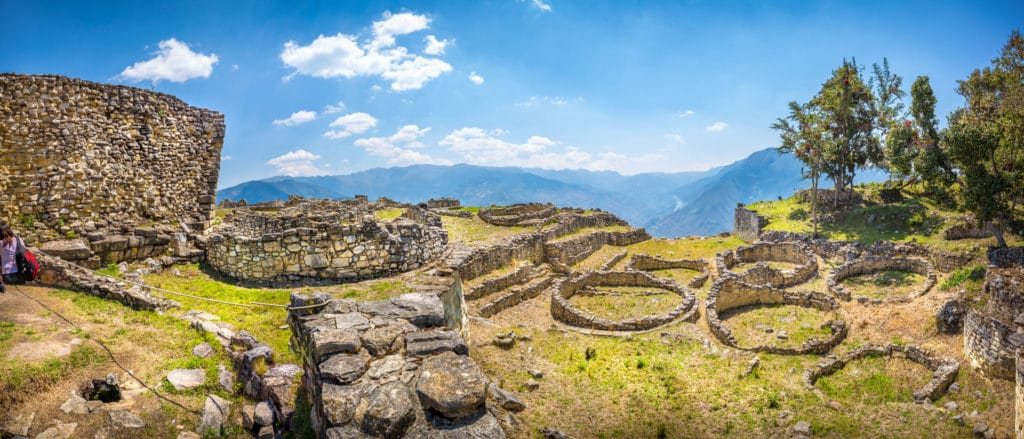
How to get there?
To Chachapoyas
Flights:
- Lima to Jaen 1hour and 25 minutes.
- Lima to Tarapoto 1 hour and 10 minutes.
- Tarapoto to Chachapoyas Mondays to Saturdays (Light aircraft).
Bus / car
- Lima to Chachapoyas 22 hours by car.
- Trujillo to Chachapoyas 13 hours by bus.
- Chiclayo to Chachapoyas 9 hours by bus.
- Jaen to Chachapoyas 3 hours and 30 minutes by car.
- Tarapoto to Chachapoyas 8 hours by car.
To Kuelap:
- Chachapoyas to Nuevo Tingo 1 hour by car. Then 10 minutes by bus and 20 minutes by cableway to La Malca.
- Chachapoyas to La Malca 2 hours and 30 minutes by car.
- Tingo town to Kuelap walking 3 hours and 30 minutes approx. (you have to buy the ticket in Chachapoyas).
Cajamarca Region, archaeology in Northern Peru
Archaeological site of Cumbemayo
This archaeological site is located 20 km southwest of Cajamarca city at 3 500 meters above the sea level. The site is considered Cultural Heritage of the Nation and it was discovered in 1937 by Ernesto de la Puente.
The Cumbemayo word comes from quechua “kumpi mayu” means “well-made water channel” or “humpi mayu” means “Rio fino”. It is made up of 3 archaeological complexes.
The Channel
The interesting part of this channel that it is capable of transporting the water upwards for at least 8 km and dates from 1 000 years BC. Also, 57 % of the channel was built with volcanic rock of about 35 to 50 centimeters wide with stripes and 90 degree angles to reduce the speed of the water flow.
The Caves
The caves are part of the complex, there are some petroglyphs of felines and anthropomorphic figures. inside the caves the archaeologist Cardish found the first lithic tools in the central Andes from 10 000 years BC. approx.
The Sanctuary
The sanctuary was also known as funeral cave, it has 20 meters height and is shaped like a human head. It was made of monumental rocks with pictures whose explanation is still unknown. It is thought that the structure was built for an important character.
Inside the complex there is a ceremonial rock that would have been designated for animal sacrifices to gratefulness to the Pachamama goddess for the good harvests. Also, you can see the Frailones (impressive geological formations) big stones that look like friar figures
How to get there?
By flight:
- Lima to Cajamarca 1 hour and 10 minutes.
By bus:
- Lima to Cajamarca 14 hours.
- Trujillo to Cajamarca 6 hours.
- Chiclayo to Cajamarca 5 hours and 10 minutes.
Cajamarca to Cumbemayo 45 minutes approx. by car.
Archaeological Complex of Kuntur Wasi
It is a Pre-Hispanic ceremonial center from 1 100 years BC. It is located in Cerro la Copa, in Kuntur Wasi town, San Pablo province, Cajamarca region at 2 300 meters above the sea level.
The civilization built this archaological site over a serie of platforms and superimposed squares. In the place have been identified different moments of occupation. According to the researchers, about 700 years BC. occurred a big cultural change and the temples were covered completely with ground and stone to build a new ceremonial complex.
Since 1988 the Tokyo University and community groups have been studying the cultural tradition of Kuntur Wasi. Among the most important finds are nine tombs, the bodies painted with red dyes and surrounded by gold offerings and ceramics.
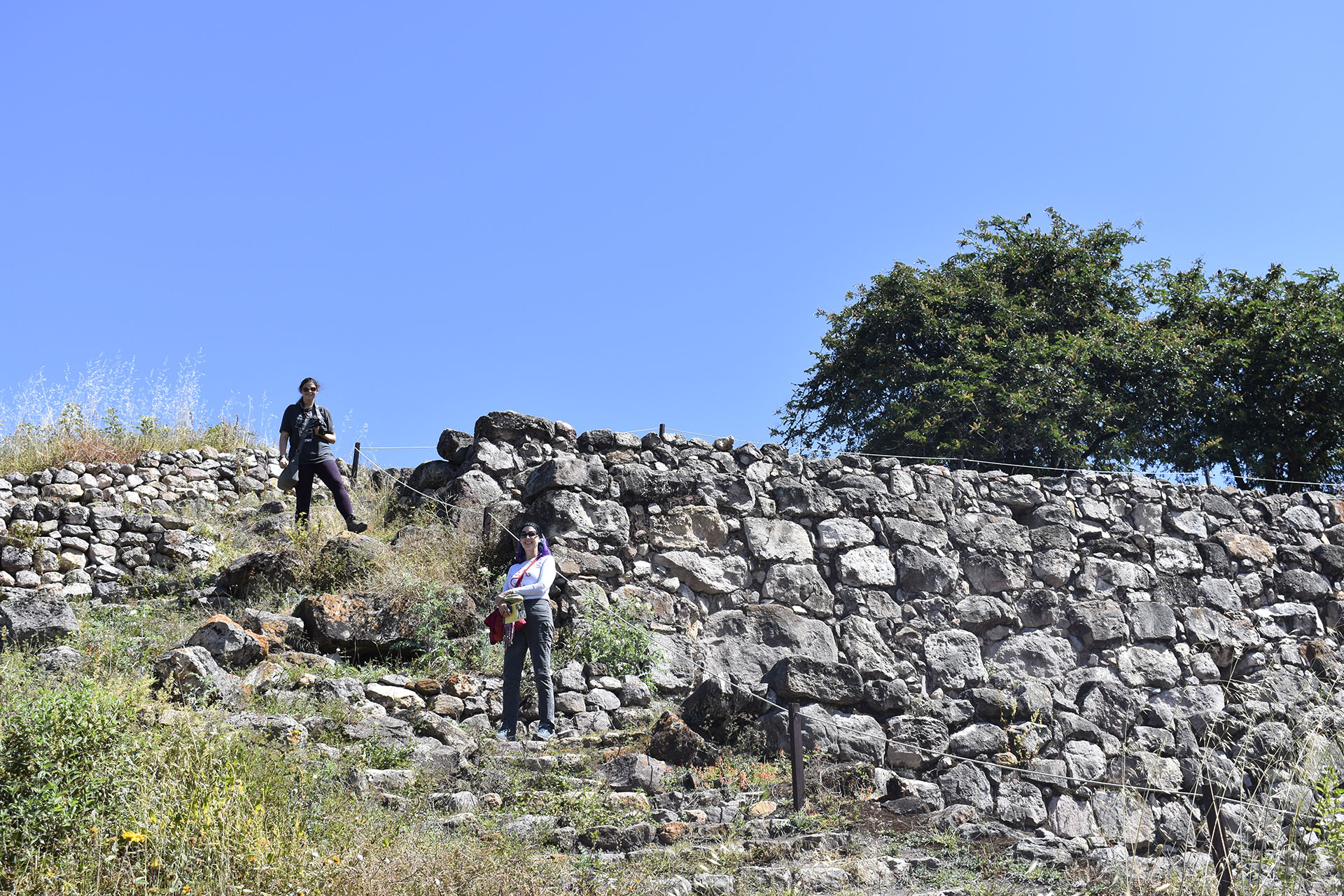
How to get there?
By car
- Cajamarca to San Pablo 2 hour and 30 minutes.
- Chilete to San Pablo 1 hour.
Archaeology in Northern Peru: The Eldorado
Don’t think that you know Peru because you visited Machu Pichu and southern Peru.
This country has so much to offer that you’ll need several stays to discover a bite of it. That was just too hard to reduce so many archaeological sites to 10 choices.
Peru existed much before Incas. The country is home of one of the oldest civilizations in the world, same as Mesopotamia or Egypt.
Amazing country.


